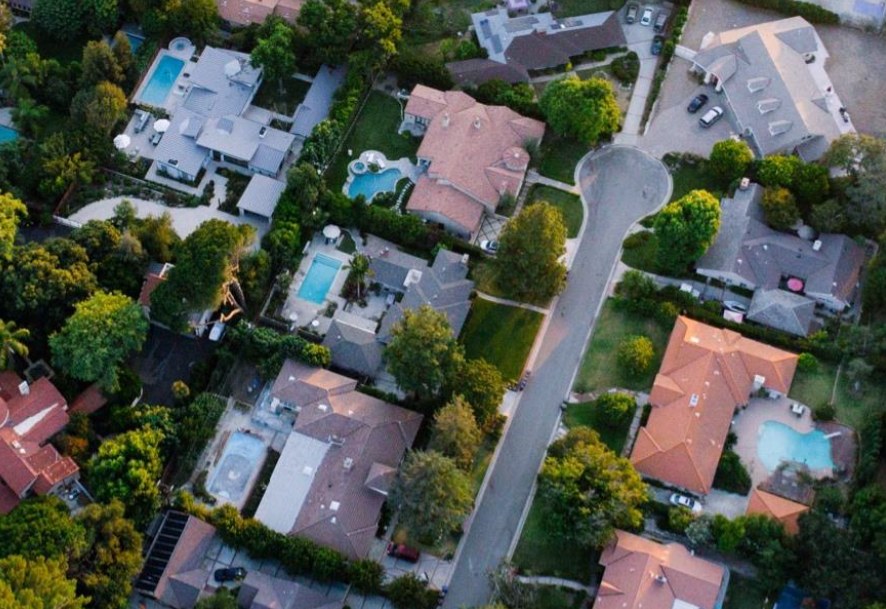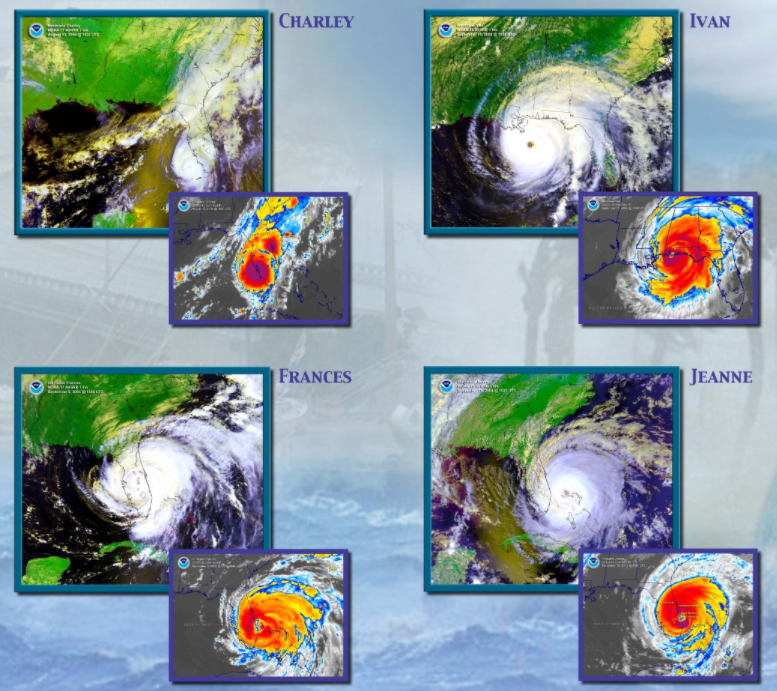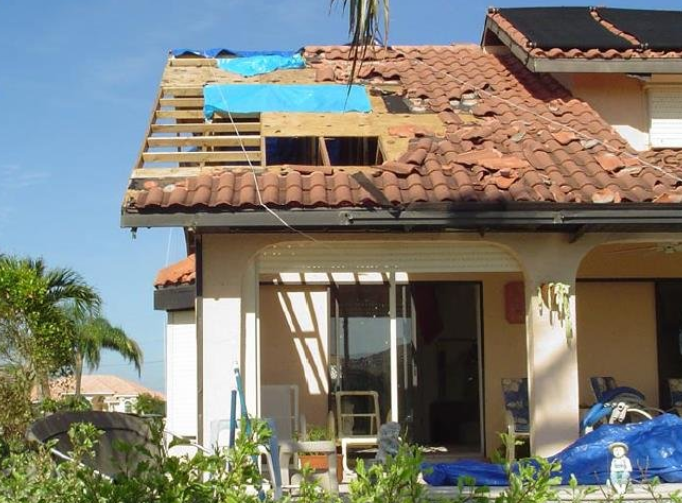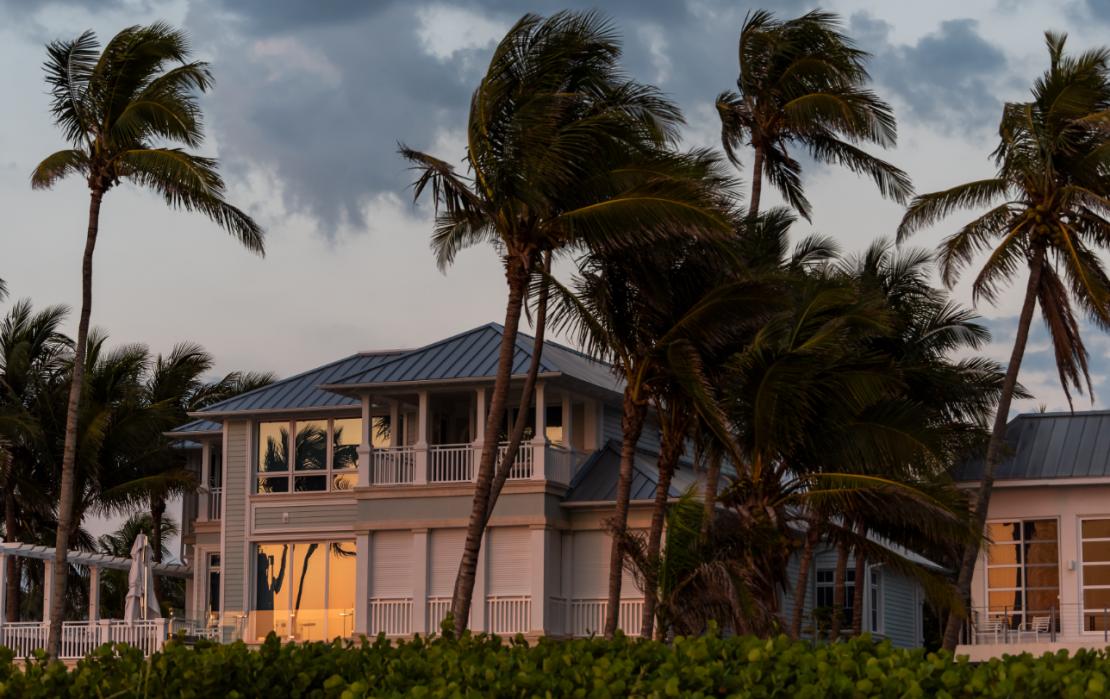You should be dry and safe in the face of a storm. While waterproofing design requirements are typically the responsibility of the Architect, issues with water infiltration often result in structural concerns. So which roofing type do you think is best for high wind and coastal construction? Is it 3 tab or Architectural asphalt shingles? The ubiquitous clay tile roofing of south Florida? Or 5V crimp or standing seam metal roofing?

I have personally witnessed asphalt shingles transform into lethal frisbees as far inland as Gainesville, FL during Hurricane Frances back in 2004. Outside of my anecdotal evidence, FEMA has documented after the more recent Hurricane Michael “widespread poor wind performance of asphalt shingles.” Before closing the book on this roofing material, it should be noted that many failures were due to poor installation which would have a likewise effect on all roofing types. There are multiple options depending on wind speeds for asphalt roof shingles as tested in ASTM D3161 where Class A passes tests at 60 MPH and Class F passes at 110 MPH (and yes, I did not get those backwards). Another standardized test method, ASTM D7158, rates shingle performance against up to wind speeds of 150 MPH.

And clay tiles? Those things are bullet proof, right? Wrong! Clay tiles set with mortar have been shown to be particularly vulnerable at hips and ridges. Often, loose tiles become projectiles themselves, further injuring nearby structures. These tiles also do not fair well under impact loads and are liable to shatter or crack upon impact by wind borne debris, later leading to leaks and eventually structural damage to sheathing or framing. FEMA 499 Technical Fact Sheet No 7.4, Tile Roofing for High Wind Regions notes that “foam and mechanical-set attachment methods have historically performed better than applied using the mortar-set attachment method.”

Last but certainly not least, metal roofing is a solid candidate for high wind installations. According to FEMA “metal roof coverings appeared to perform better than other roof covering on buildings built to the Florida Building Code, [however] metal roof damage to some buildings was observed after Hurricane Michael.” References like FEMA 499 Technical Fact Sheet No 7.6 can provide guidance on minimum roof slope requirements for hydrostatic vs hydrokinetic panels or additional fastening requirements near eaves. Consult with your preferred design professional for proper specification of roof covering, attachment methods and adequate underlayment so that you can confidently state “you’re safe while under my roof.”

Author: Enrique Fernández, PE
